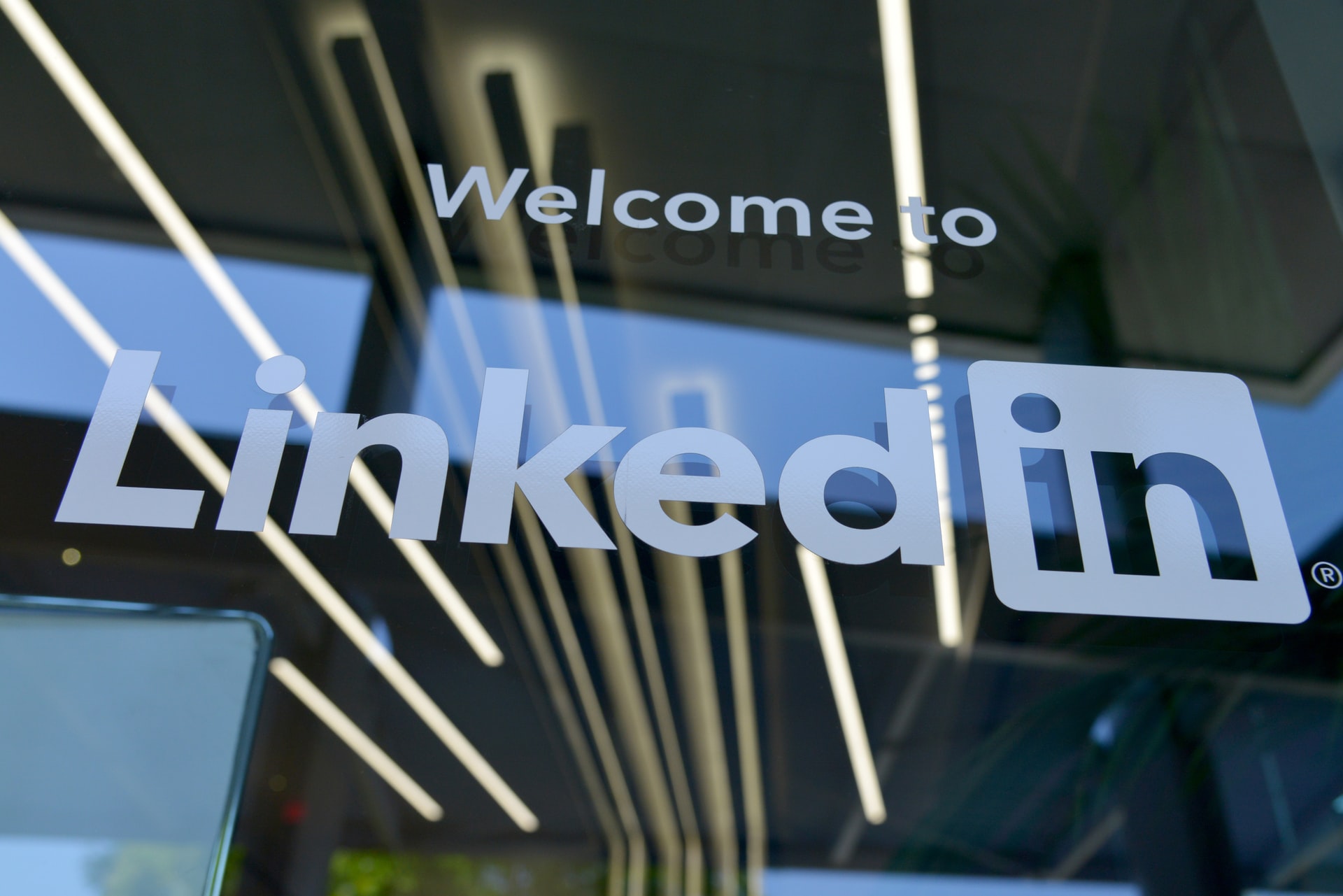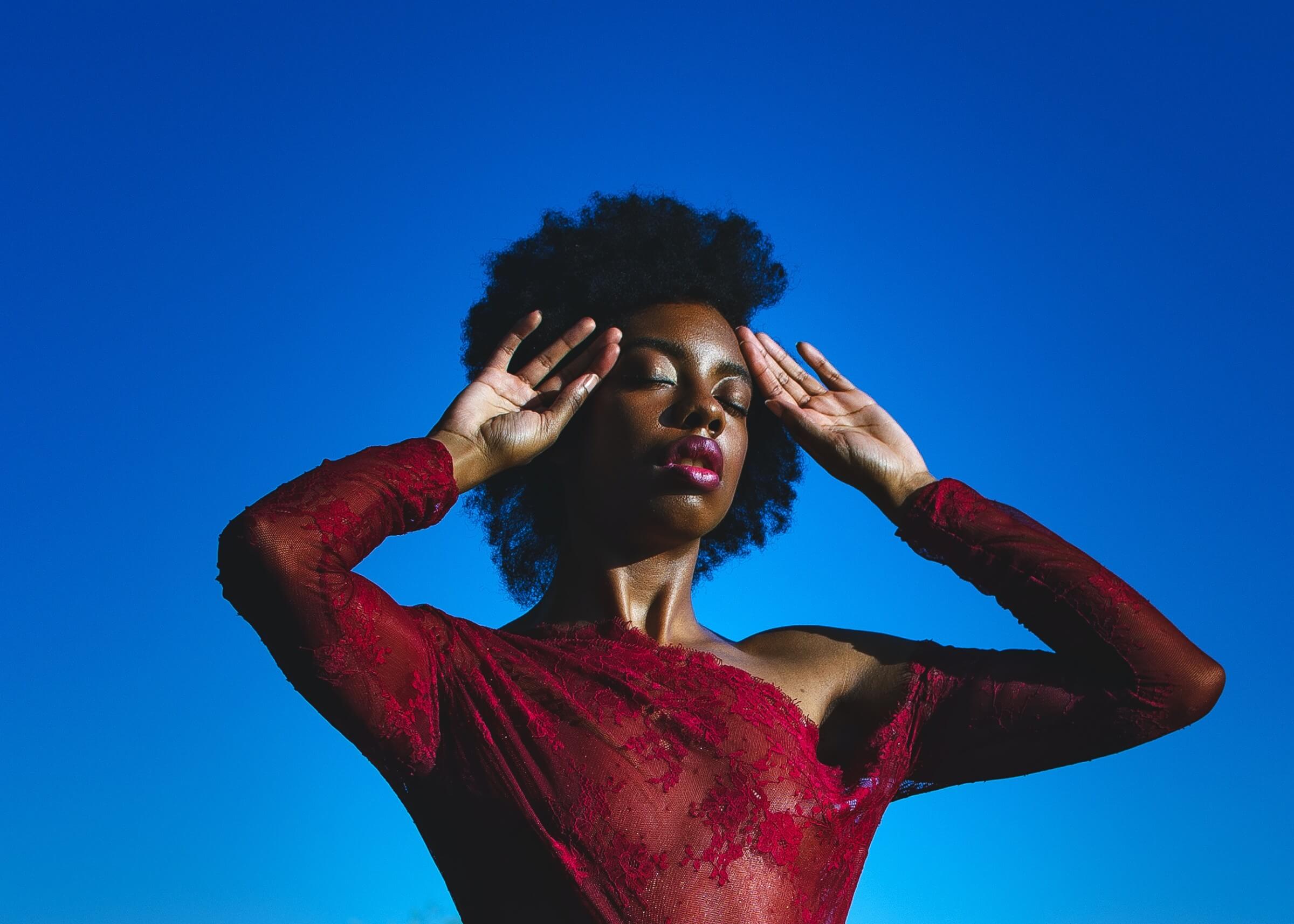Should Your Social Media Strategy Include a Presence Everywhere?
A look at each major social media platform to help determine if your social media strategy needs to include a presence on each.

Tara Purswani
Social Media Copywriter
Chances are you have some kind of social media presence on at least one platform. But you're probably wondering if you need to level-up your social media strategy by building a presence on a second or third platform. Perhaps, everywhere?
If you already have a presence on multiple platforms — congratulations!
But you might be wondering if your social media strategy is effective. If your head is spinning or your content feels scattered, you may need to scale back and focus fewer audiences.
Your social media strategy: not enough, or too much?
I’m here to tell you there is a “just right” approach for every creator. Whether you’re an influencer, small brand, or larger business, there are very specific reasons to consider being on certain social media platforms. And if you put together the perfect social media strategy, you can reach the right audiences without wasting time and effort.
Each social media platform is shaped by the format of its content, the culture of its users, and the intention behind their activity. When deciding which social apps to focus on, demographic basics such as age, gender, income, and education may still hold weight. But, the most important thing to know about your audience is how and why they hang out on any social media app. I’m sure you have a general understanding of each platform, but let’s take a closer look at intention, format, culture, and user behavior.
The platforms
When determining how many social media platforms to utilize, you need to first know what differentiates them so you can decide where your brand will perform best.
Instagram is a visual discovery platform centered around fandom. People visit the app purely for eye candy and to follow what they like, or be followed. Users generally follow friends and influencers, plus faceless accounts that serve as a gallery of theme-specific content.
When people open Instagram they want to be influenced by images and videos. Engagement is limited to a “like” or comment, but it’s usually not part of the culture to have involved conversations or debates (though it is not completely out of the ordinary to come across a back-and-forth comment discussion every now and then).
The Instagram image format is centered around 1:1 perfect square photos that create a symmetrically beautiful gallery when viewing the entire content of an account. Portrait-style images have also made their way into Instagram via the Stories feature, which requires content to fill up the entire screen.
Who belongs on Instagram?
Perfect for visually appealing content, Instagram works for anyone that has lots of photos and videos to share. Solo influencers such as makeup artists, interior designers, fashion designers, visual artists, graphic designers, and UX designers have developed loyal followings on Instagram.
Larger organizations like clothing retail, SaaS, restaurants, technology, creative agencies, and home furnishings benefit from a strong presence on Instagram, too. Particularly, through influencer content. Now, the tourism and the real estate industry have begun to catch on to Instagram, giving rise to the term "real estate porn."
The one downside of Instagram: all content is native. This means there is no inbound or outbound link sharing. (Which is why you’re always directed to “See link in bio,” as that’s the only place where you can currently place a live link (aside from “swipeable” entries and sponsorships.)
Facebook is all about relationships—a virtual rolodex of people who you currently know, and an archive of people from your past. Most users connect to family, friends, co-workers, and people in their area.
Facebook's focus is on social currency through advice, sharing, and discussing. People tend to post highly personal updates about their lives, so the privacy settings are quite complex. The caption space is a prominent feature, and visual content can be in almost any format. Stories content, just like IG, is strictly portrait style.
Who belongs on Facebook?
The advantage of advertising on Facebook is the family and peer influence. If someone likes your brand or product they are more likely to share it with the people closest to them. Facebook is perfect for retailers like pet products, clothing, subscriptions services (food delivery, medication, SaaS), gadgets, electronics, beauty, educational services--the list goes on.
Facebook is a great tool to increase your brand’s awareness. For instance, Chewy has a Facebook page. Not everyone has a pet, but everyone knows someone who has a pet. So if they advertise to 100% of people (pet owners or not) they would make their brand name a household one, multiplying word-of-mouth reach.
Twitter is a microblogging platform where users can follow people with similar interests. People generally follow others in their outer circle of influence; people they don’t know personally. Twitter is a highly accessible space, meaning you can interact with politicians, celebrities, and public figures.
Tweets are limited to 280 characters, which shapes communication to sharp, bold, pithy statements that focus on news, current events, opinions, and trends. It’s not uncommon for people to thread multiple tweets together in order to tell longer stories or provide more context on a topic. In fact, just this year, a movie was released that’s based on a 148-tweet Twitter thread that went viral.
(This is a NSFW red-band trailer. Viewer discretion is advised)
Twitter’s main focus is the written word, although people share photos and videos if they are paired with a strong messages or opinion.
Who belongs on Twitter?
Influencers of all types find Twitter useful as a platform for their opinions and for creating meaningful social justice conversations. Many movements such as #blacklivesmatter, #metoo, and #freebritney were born there. Large organizations like government agencies, schools, and NPOs use tweets to release quick public updates. Prior to becoming permanently banned, Donald Trump used it during his presidency as his primary communication platform.
[image: trump suspension]
If you have a very eye-catching product or service, Instagram is probably a better platform for your social media strategy vs. Twitter. But Twitter is great if you have strong opinions to share that will boost your brand’s image.
LinkedIn is strictly business. LinkedIn has grown far beyond just a recruiting site. It’s a place to establish yourself as an authority in your area. It’s an online networking platform. Sharing your original content via links—or better yet, creating native content directly on the site—is an effective strategy for promoting your brand.
LinkedIn has slowly been adapting to become more like other social media platforms. Through posts and stories, you can reach people in your industry and get updates on industry trends. Posts tend to be informative, uplifting, and professional.
For the most part, the overwhelming majority of content and shares on the site remain professional and devoid of the kind of “drama” you’ll typically see on other social media platforms like Facebook. (Although, even that is changing somewhat).

Who belongs on LinkedIn?
Some examples of people that benefit from a targeted effort on LinkedIn include recruiters, authors, journalists, marketers, podcasters, educators, coaches, thought leaders, and executives.
Pinterest is a virtual corkboard where you can “pin” any post or image you want to save. Those Pins can be organized into boards for reference and inspiration. Interest posts are photos or short video tutorials that tend to focus on home, beauty, or DIY projects. People visit Pinterest to get inspiration or learn how to do something.
The 4:5 format creates a staggered, vertical pin board effect. So, when creating content for Pinterest, it’s important to keep this in mind. Pinterest will add borders around your content if it’s not the right size, which makes the content appear very small.
Who belongs on Pinterest?
Pinterest works really well for artists and DIY influencers, especially for those with an Etsy Store. If you’re an Etsy seller your goal is to spread brand awareness and drive traffic to your Etsy page.
Don't make the mistake of only focusing on Instagram, since all content is native. Yes, you can place a link in your IG bio, but having a presence on Pinterest can boost traffic and sales.
TikTok
TikTok is one of the newest platforms in the social media landscape (formerly known as music.ly.) It’s a video-sharing app fully committed to the Stories format with immersive, trendy, and entertaining videos lasting 15 seconds or less. (Note that you can always upload longer videos if created outside the app, or string together multiple 15-second videos. Also, the company recently announced plans for 3-minute long videos.) What sets it apart from Instagram or Facebook Stories is the fact that Stories are archived and act as the main newsfeed.
Who belongs on TikTok?
Visual and performance artists such as photographers, directors, musicians, actors, dancers, choreographers, comedians, and even business thought-leaders should place their emphasis on TikTok. Meanwhile, all kinds of brands are catching on to TikTok, and using it for influencer collaborations.
If your main audience is on TikTok, consider also releasing that content on Instagram Reels, which is increasingly attracting performance artists and other talent.
Perfecting your posting and social media strategy
I recommend keeping a profile on every platform for the purposes of branding, customer service, crisis management, research, visibility, and SEO. By having a light social media presence everywhere, you create a social listening network.
How much time and effort you devote to your presence on each one is up to your time and budget. But understand that consistency is important. Create quality content for a targeted audience or two, before taking on more. Start by choosing your number one social media platform and make your best effort to reach that audience daily with quality content. Then, if you have the bandwidth, choose a second platform to focus on. But start out slow.
Quality and consistency
One mistake many people make when developing a social media strategy is thinking they have to post with the same frequency on each platform. That's just not true. Or sometimes they just throw everything at the wall to see what sticks. Quality and consistency are more important than quantity.
Say, for instance, you release daily Facebook Live content, and want to boost your presence on Instagram. You could choose to post on Instagram three times a week, giving you time to adjust and also to monitor metrics. And, if you feel overwhelmed by creating fresh content, you can always repurpose it.
Repurposing Content
Repurposing content is one of the most popular ways to expand your social media presence at scale. It could be as simple as sharing the same image and a similar caption across Facebook, Pinterest, and Instagram, or slightly tweaking a video made for TikTok to post on Instagram.
Trust me, no one is going to judge you for posting the same video on both Facebook Stories and Instagram Stories. (And depending on when you post each version, chances are good they won’t even come across the same content on both platforms.)
However, you should customize your content to each social media channel if possible, so that it’s format-ready and appropriate for the demographic and culture.
Managing many accounts
Let’s say you decide to ramp up your presence everywhere. Whether you’re an influencer, a small business, or a huge company, you need to find a way to manage all of these accounts. Some corporations have a separate social media manager for each platform. Wouldn’t that be nice?
With the right tools, though, every job is easier. If you want to contribute valuable content to each and every platform on your radar, start thinking about your workflow. Consider the systems you have in place such as digital asset management, editing, publishing, and analytics.
If you decide to extend your reach, keeping assets all in one place is a time saver. Otherwise, you’ll be constantly recreating posts from scratch when you can simply import a photo once, edit it, and caption it for each audience.
Remember, your social media strategy does not have to be all or nothing. Slowly build your presence to be everywhere that matters for your brand—one platform at a time.
~~~~~
[Header image by Jacob Prose from Pexels]
Read more
Join our Newsletter
Sign up to our newsletter for all things marketing.





